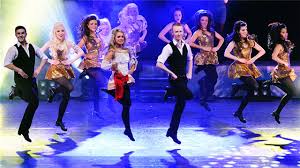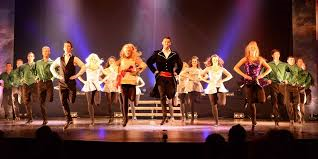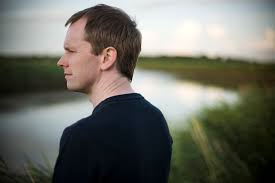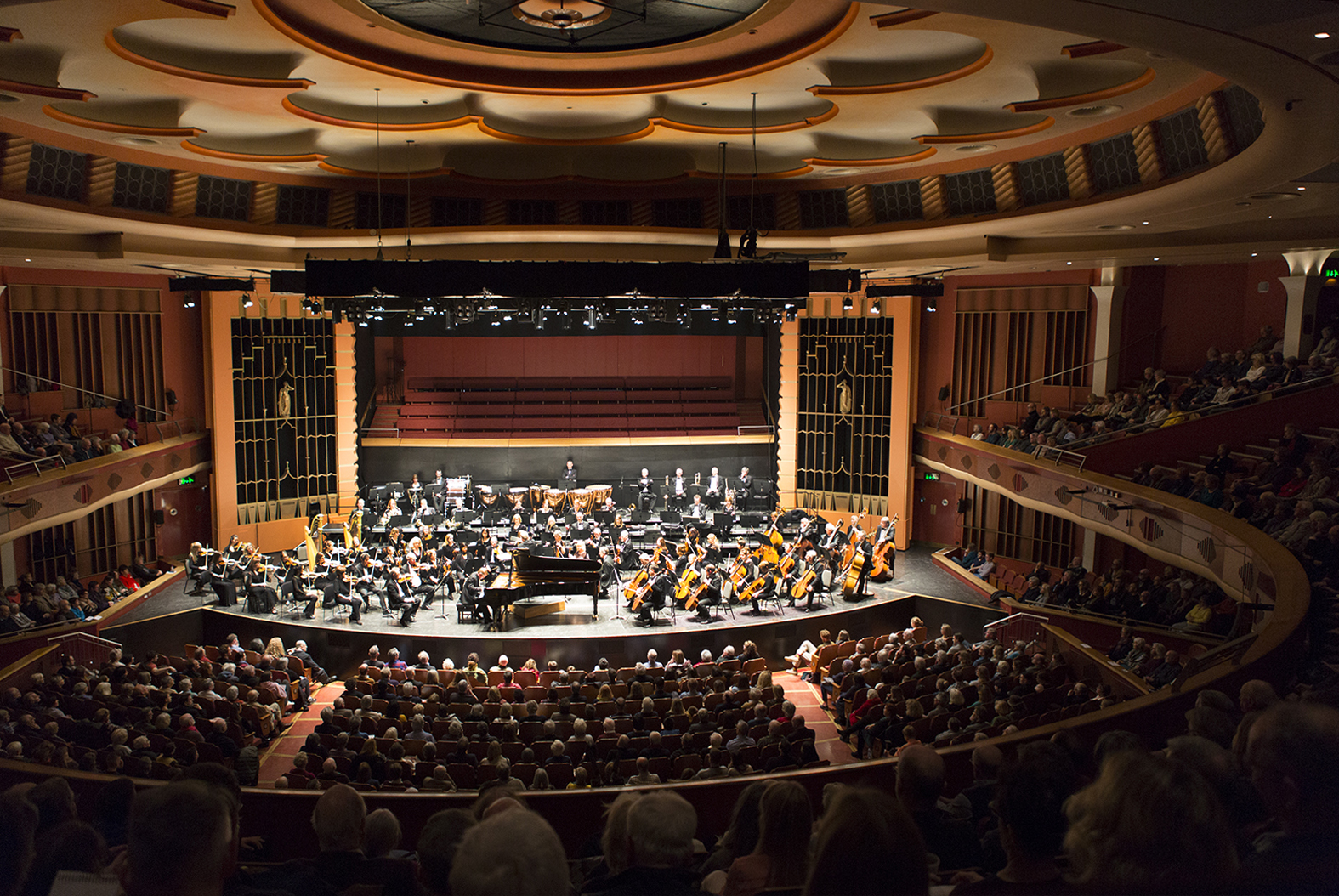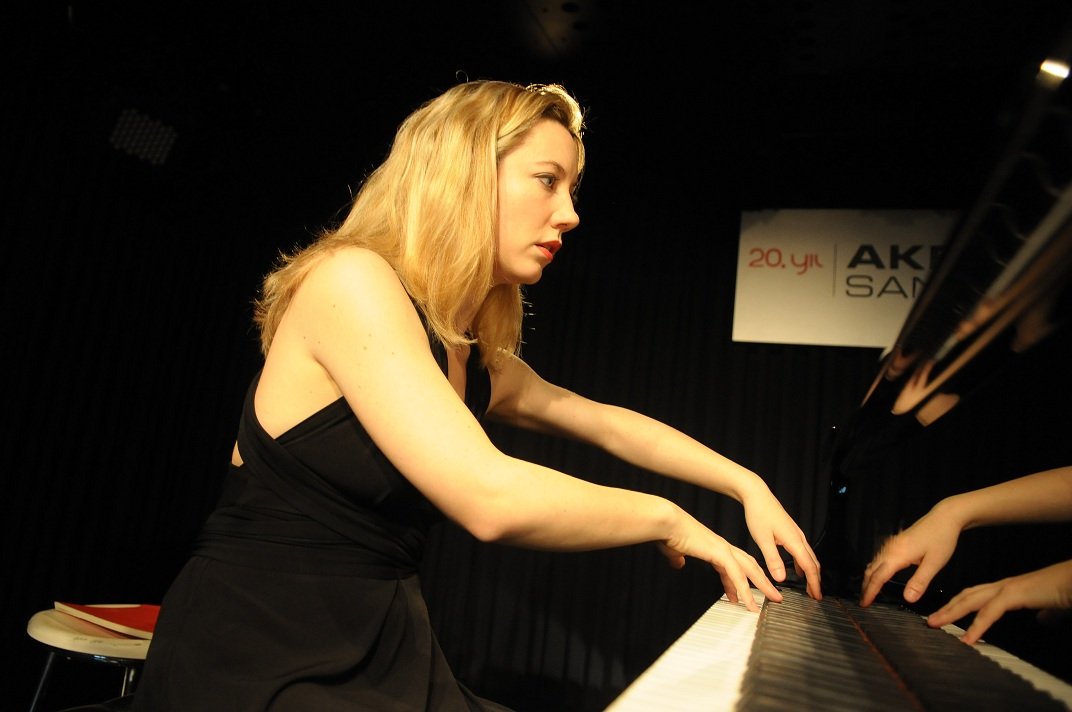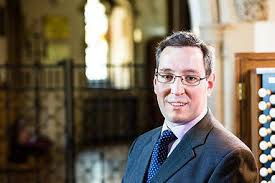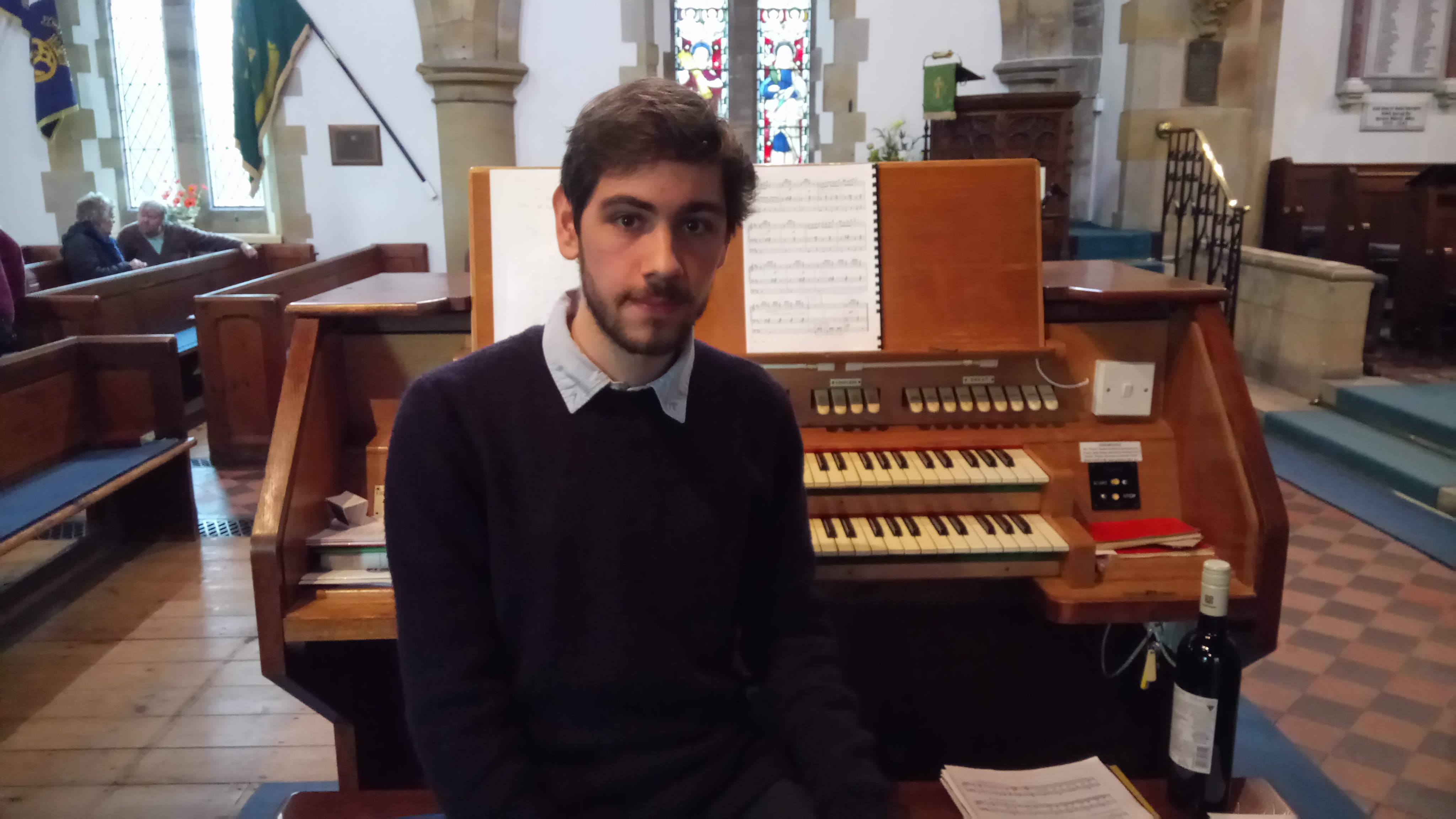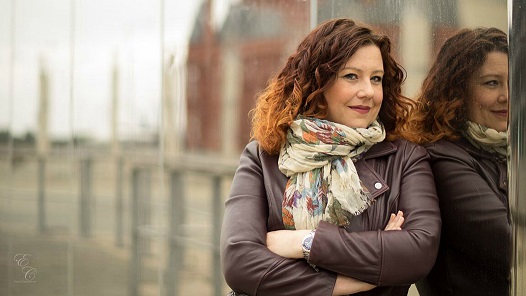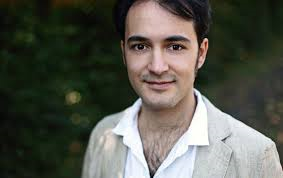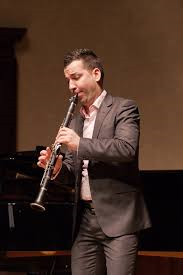White Rock Theatre, Wednesday 20 March 2019
Irish Dance is exhilarating, engaging and hugely enjoyable. It is also essentially abstract which brings us to the heart of the problem with Gaelforce’s production at the White Rock. The story opens with a wedding and the celebration eventually gives way to tragedy when the bride runs off with her husband’s brother leading to his girl-friend taking revenge. A final reconciliation is brought about when the bride returns as a ghost, Giselle-like, to bring the brothers together.
The wedding celebrations were a delight, and on this occasion the company was joined by members of the Griffin Lynch Irish Dance School from Tunbridge Wells, who added colour, style and splendid expertise. Not only was this persuasively authentic, it also brought us young dancers who were obviously going to continue the tradition of excellence. The young man who danced a captivating solo showed real sparkle and a winning personality.
For the story line itself, it was at its best when celebrating but at a loss when trying to be dramatic. West Side Story showed how choreography can adapt itself to violent action, but pseudo-fighting while others appear to be simply dancing at the edges does not convince.
Thankfully, like many classical ballets, the story line peters out mid-way through the second half and we are into a series of highly enjoyable set pieces which brought the evening to a close. Music was recorded except for some fine bodhran playing which accompanied some of the final solo dances. Given the quality of the performers, the audience was surprisingly thin, even given that this is a quiet time of the year.
There will be more Irish Dance coming to the White Rock on 7 July when Rhythm of the Dance will arrive with live music and a focus on the dance itself without any unnecessary narrative to distract from the beauty of line. It promises to be a good evening.

